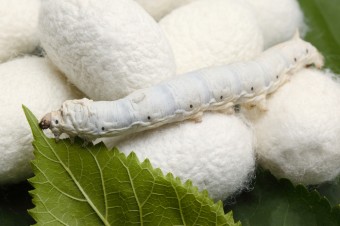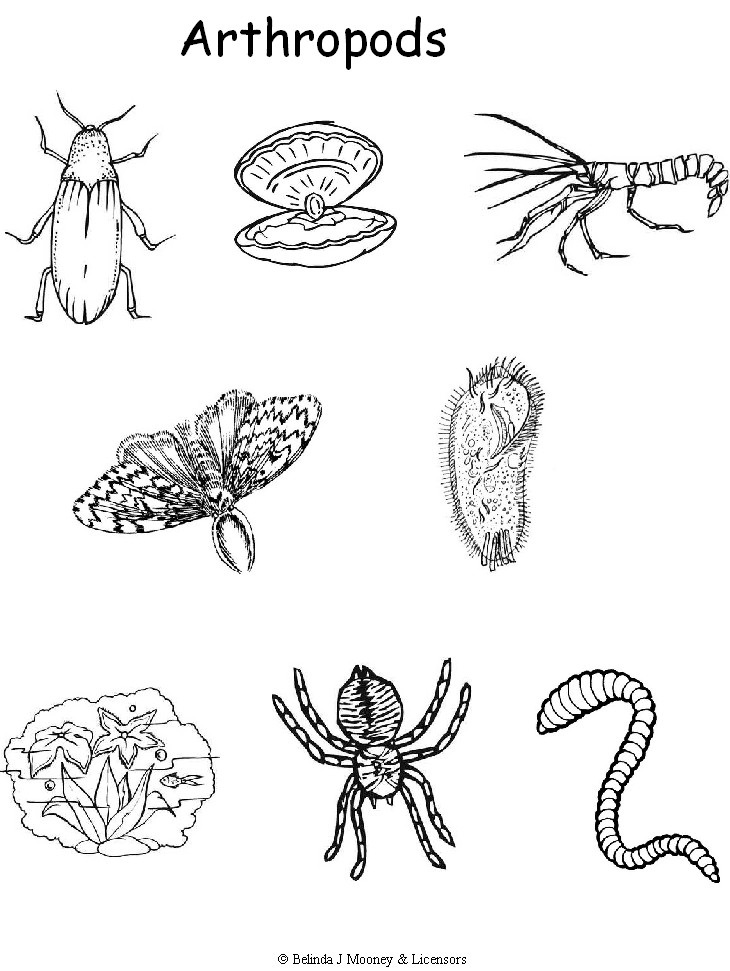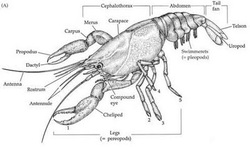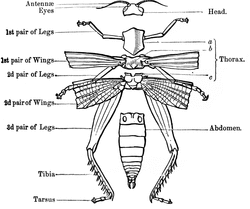Humans Have a Lot More Than Five Senses
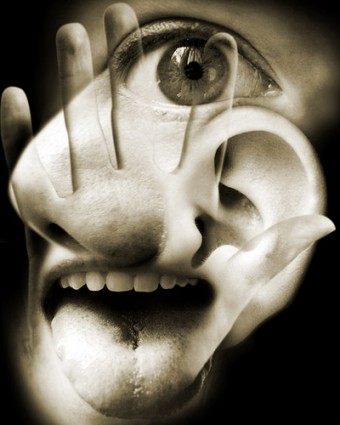 Today I found out humans have a lot more than five senses. It turns out, there are at least nine senses and most researchers think there are more like twenty-one or so.
Today I found out humans have a lot more than five senses. It turns out, there are at least nine senses and most researchers think there are more like twenty-one or so.Just for reference, the commonly held definition of a “sense” is “any system that consists of a group of sensory cell types that respond to a specific physical phenomenon and that corresponds to a particular group of regions within the brain where the signals are received and interpreted.
The commonly held human senses are as follows:
- Sight: This technically is two senses given the two distinct types of receptors present, one for color (cones) and one for brightness (rods).
- Taste: This is sometimes argued to be five senses by itself due to the differing types of taste receptors (sweet, salty, sour, bitter, and umami), but generally is just referred to as one sense. For those who don’t know, umami receptors detect the amino acid glutamate, which is a taste generally found in meat and some artificial flavoring. The taste sense, unlike sight, is a sense based off of a chemical reaction
- Touch: This has been found to be distinct from pressure, temperature, pain, and even itch sensors.
- Pressure: Obvious sense is obvious.

- Itch: Surprisingly, this is a distinct sensor system from other touch-related senses.
- Thermoception: Ability to sense heat and cold. This also is thought of as more than one sense. This is not just because of the two hot/cold receptors, but also because there is a completely different type of thermoceptor, in terms of the mechanism for detection, in the brain. These thermoceptors in the brain are used for monitoring internal body temperature.
- Sound: Detecting vibrations along some medium, such as air or water that is in contact with your ear drums.
- Smell: Yet another of the sensors that work off of a chemical reaction. This sense combines with taste to produce flavors.
- Proprioception: This sense gives you the ability to tell where your body parts are, relative to other body parts. This sense is one of the things police officers test when they pull over someone who they think is driving drunk. The “close your eyes and touch your nose” test is testing this sense. This sense is used all the time in little ways, such as when you scratch an itch on your foot, but never once look at your foot to see where your hand is relative to your foot.
- Tension Sensors: These are found in such places as your muscles and allow the brain the ability to monitor muscle tension.
- Nociception: In a word, pain. This was once thought to simply be the result of overloading other senses, such as “touch”, but this has been found not to be the case and instead, it is its own unique sensory system. There are three distinct types of pain receptors: cutaneous (skin), somatic (bones and joints), and visceral (body organs).
- Equilibrioception: The sense that allows you to keep your balance and sense body movement in terms of acceleration and directional changes. This sense also allows for perceiving gravity. The sensory system for this is found in your inner ears and is called the vestibular labyrinthine system. Anyone who’s ever had this sense go out on them on occasion knows how important this is. When it’s not working or malfunctioning, you literally can’t tell up from down and moving from one location to another without aid is nearly impossible.
- Stretch Receptors: These are found in such places as the lungs, bladder, stomach, and the gastrointestinal tract. A type of stretch receptor, that senses dilation of blood vessels, is also often involved in headaches.
- Chemoreceptors: These trigger an area of the medulla in the brain that is involved in detecting blood born hormones and drugs. It also is involved in the vomiting reflex.
- Thirst: This system more or less allows your body to monitor its hydration level and so your body knows when it should tell you to drink.
- Hunger: This system allows your body to detect when you need to eat something.
- Magentoception: This is the ability to detect magnetic fields, which is principally useful in providing a sense of direction when detecting the Earth’s magnetic field. Unlike most birds, humans do not have a strong magentoception, however, experiments have demonstrated that we do tend to have some sense of magnetic fields. The mechanism for this is not completely understood; it is theorized that this has something to do with deposits of ferric iron in our noses. This would make sense if that is correct as humans who are given magnetic implants have been shown to have a much stronger magnetoception than humans without.
- Time: This one is debated as no singular mechanism has been found that allows people to perceive time. However, experimental data has conclusively shown humans have a startling accurate sense of time, particularly when younger. The mechanism we use for this seems to be a distributed system involving the cerebral cortex, cerebellum, and basal ganglia. Long term time keeping seems to be monitored by the suprachiasmatic nuclei (responsible for the circadian rhythm). Short term time keeping is handled by other cell systems.
Bonus Facts:
- The traditional “five senses” model (sight, hearing, touch, smell, and taste) is credited to Aristotle
- One such method for testing whether humans have magentoception is by placing a strong magnetic field near a person and then disorienting them. Results have shown that people in this scenario perform significantly worse at being able to re-orient themselves in terms of the cardinal points than people who are not near a strong magnetic field. More conclusive evidence has been demonstrated by examining subject’s brains when magnetic fields are produced near a person. It has been shown that these magnetic fields will evoke a response in the brain’s activity.
- Numerous experiments have demonstrated that people do have the ability to detect accurately the passage of time. One experiment showed that, without consciously counting or anything of the like, a group of 19 to 24 year olds were able, on average, to tell when 3 minutes was up within a 3 second margin of error. Interestingly, the age group of 60-80 tended to average perceiving 3 minutes pass at around 3 minutes and 40 seconds consistently within the test group. This would seem to indicate whatever mechanism we use to sense time slows as we age and thus as we get older time seems to pass faster to us.
- People with Parkinson’s disease and ADD have severely impaired sense of time passage compared to “normal” people.
- The vestibular labyrinthine system (equilibrioception) works by sensing the motion of fluid in three canals in your inner ear, as well as sensing the weight of small crystals of calcium carbonite on tiny hair-like sensory receptors.
- Proprioception (sense of relative position of body parts) comes from the Latin “proprius”, meaning “one’s own”.
- There exists a type of bacteria, called magnetotactic bacteria, that build magnets inside themselves in order to orient themselves with the Earth’s magnetic field. They also migrate and form chains of themselves along magnetic field lines.
- Many avian life forms posses a region of their bodies that contain a biological magnetite, generally in their beaks. It is believed this gives them a strong magnetoception and thus allows them to sense direction accurately. More recently, it has been shown that certain birds have the ability to see magnetic fields. How this works is the Earth’s magnetic field effects how long a certain molecule, cryptochrome, in their photoreceptor cells stays in the active state. This then affects the light sensitivity of the bird’s retinal neurons. The net effect is the birds can perceive magnetic fields with their eyes. The biological magnate and ability to perceive magnetic fields with their eyes are thought to combine to form a very accurate mapping and directional system in the birds.
- Sharks, stringrays, and chimeara all possess an electroreceptive organ called an ampullae of Lorenzini. This organ gives them the ability to detect even small variations in electric potential. They can use this to detect magnetic fields, among other things.
- Cattle tend to align themselves north-south, which leads some researchers to believe they have a strong magnetoception sense.
- Some people experience something called synesthesia where they may perceive some sound and think of it as a color. So a dog barking may be “red” to them or the like. This condition does not generally occur naturally, though it can; it usually manifests itself when people are under the influence of hallucinogens
